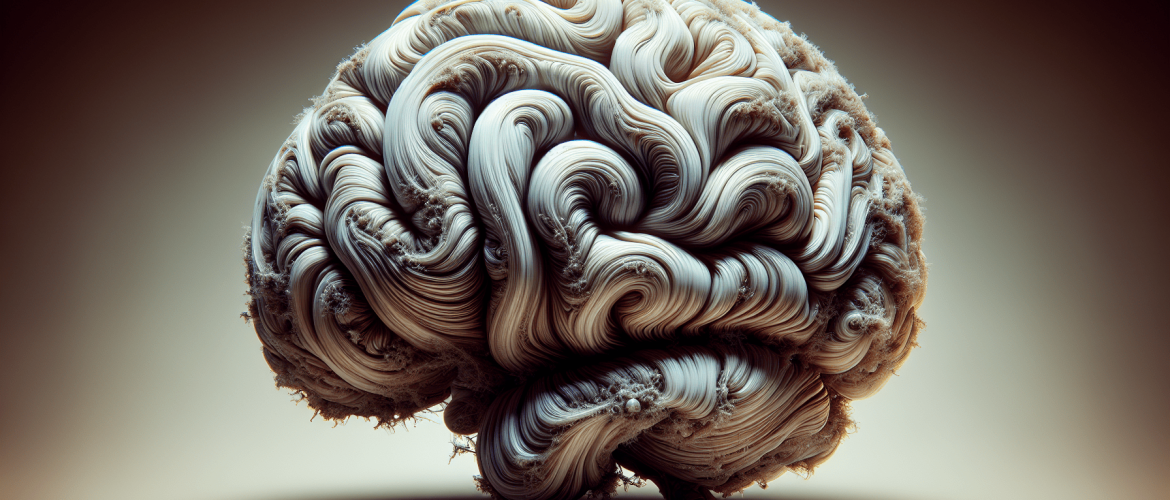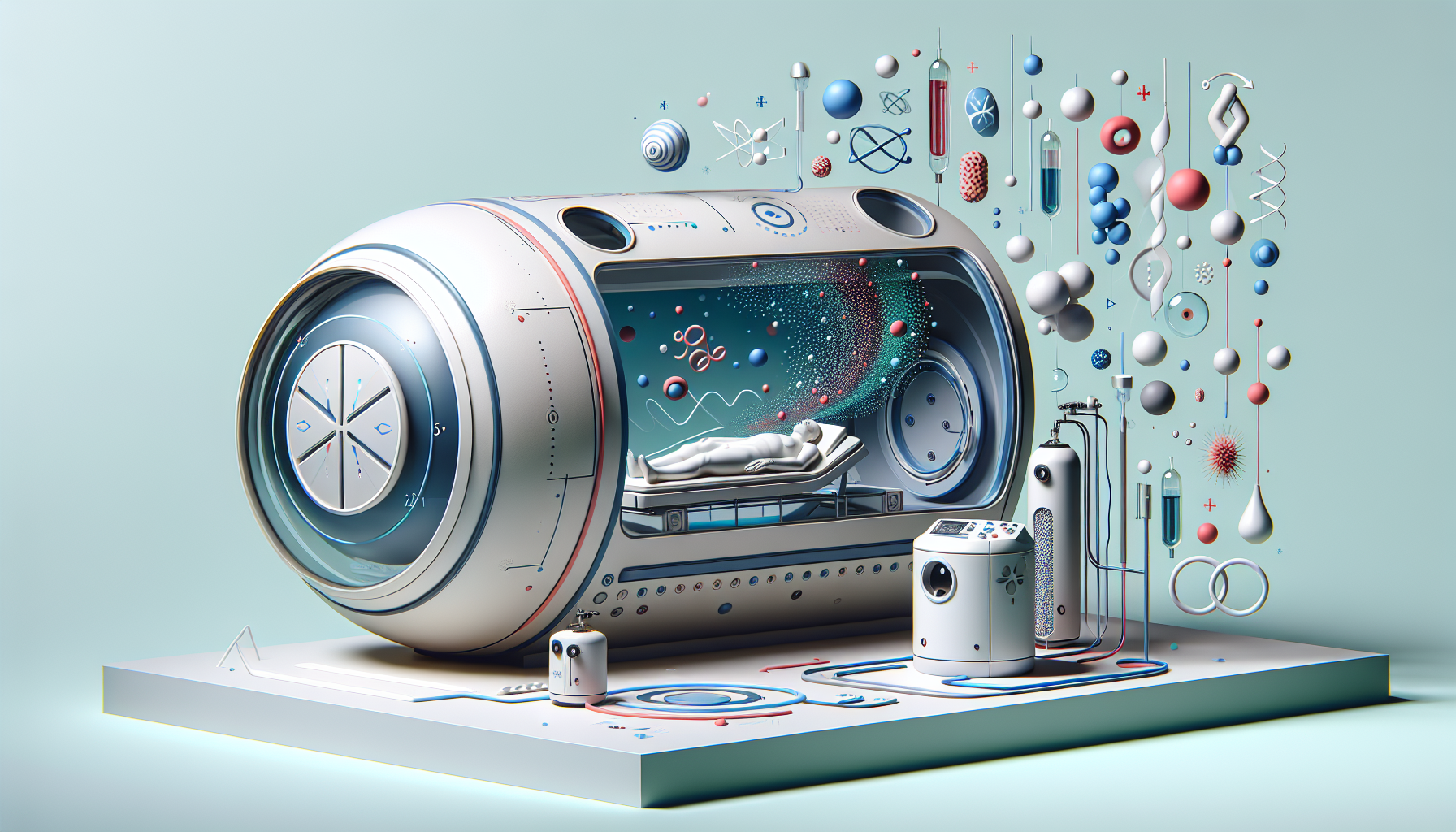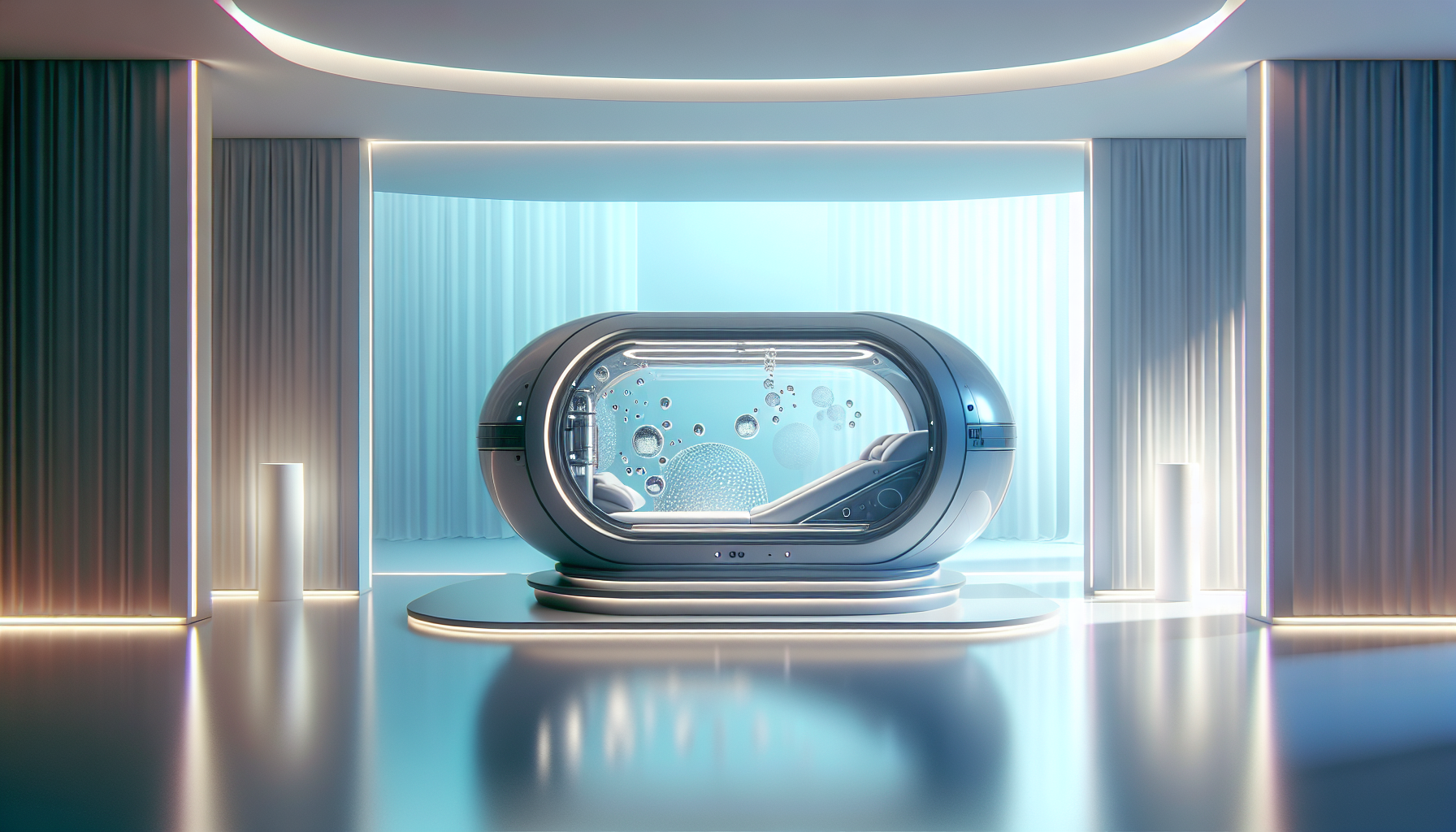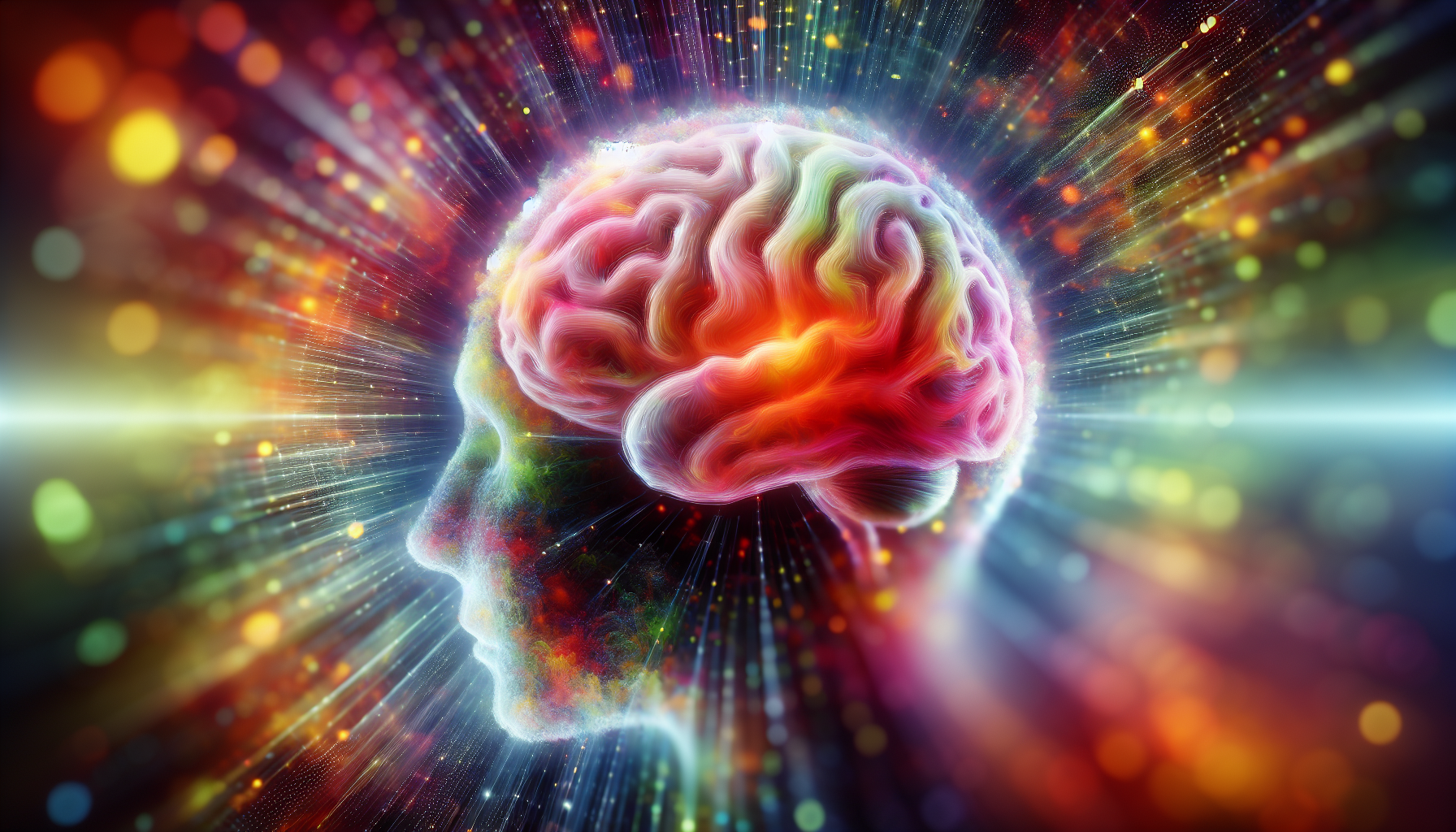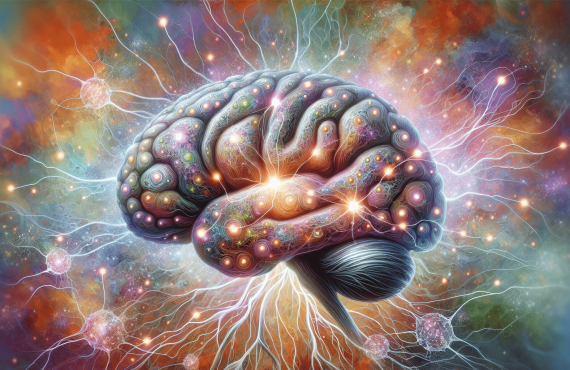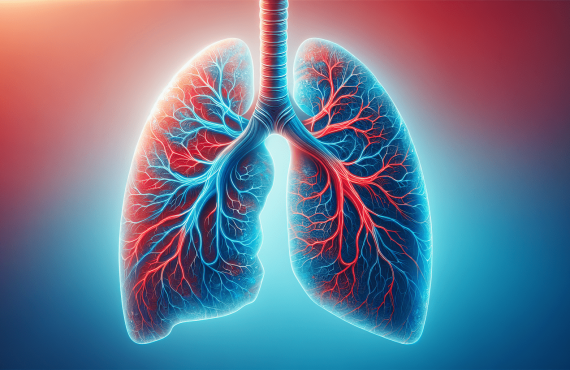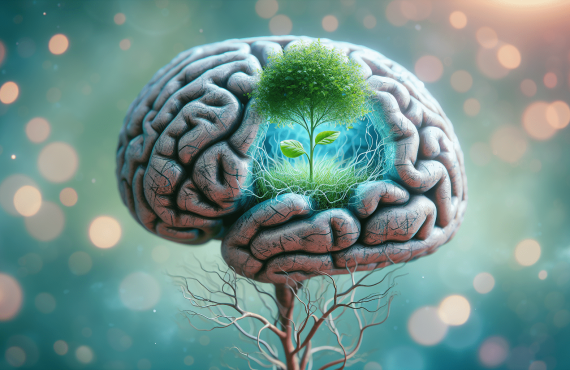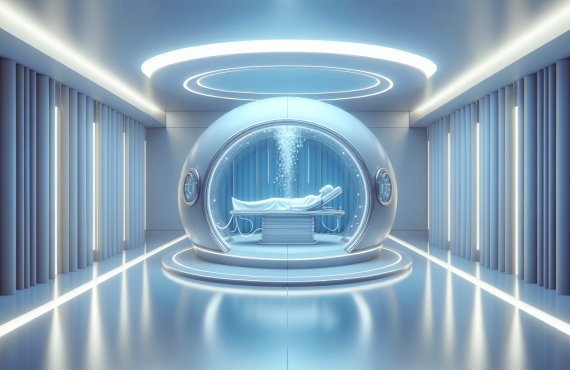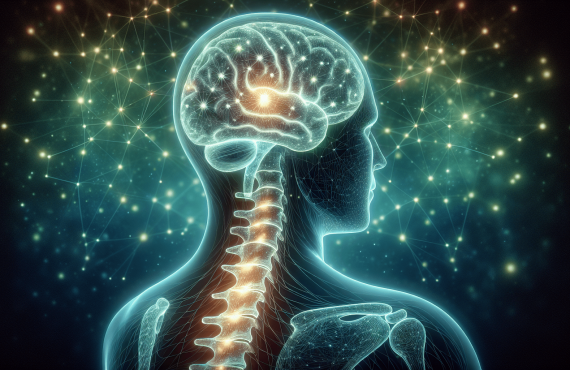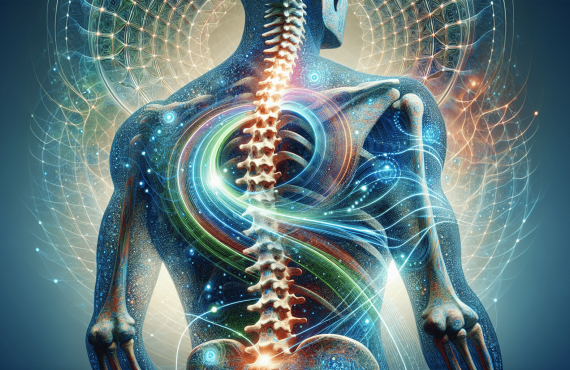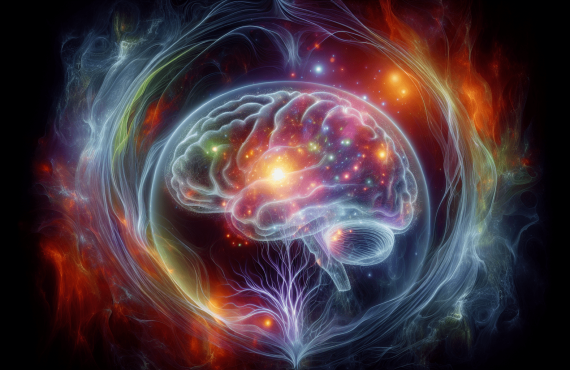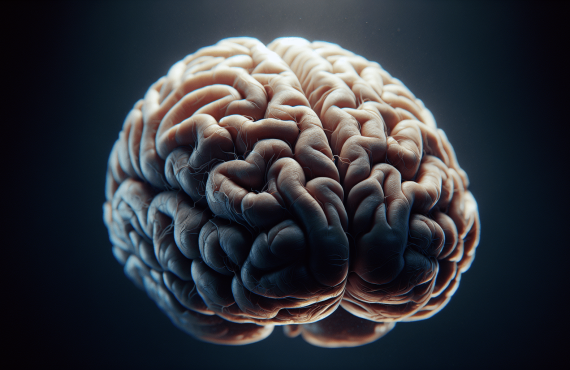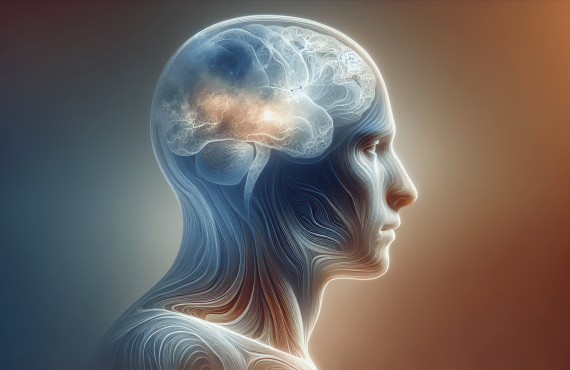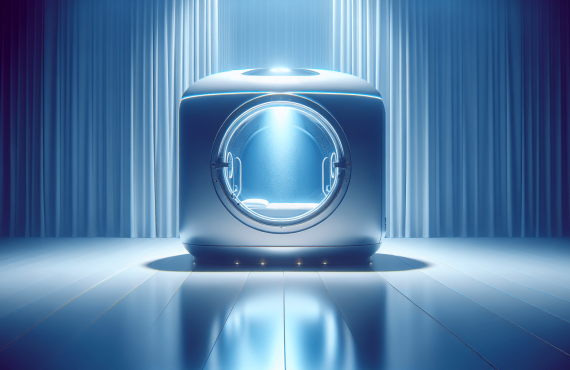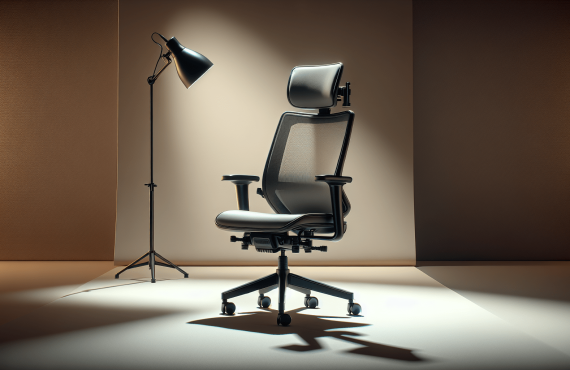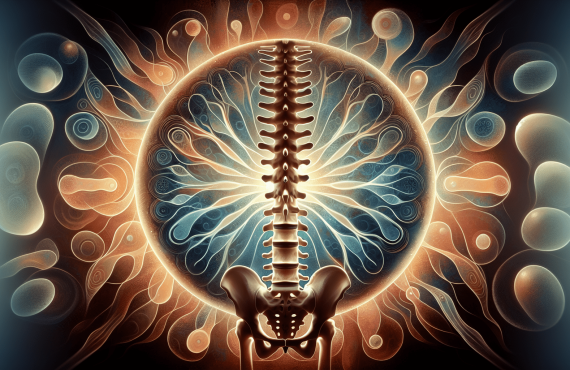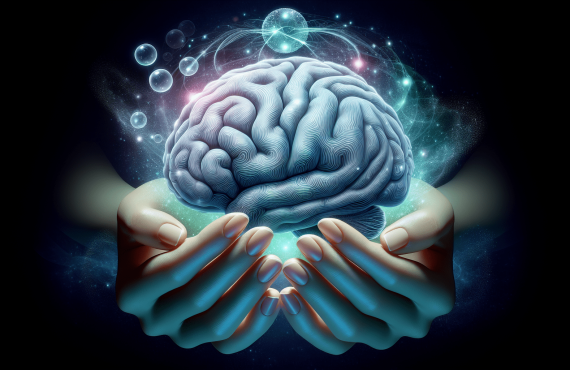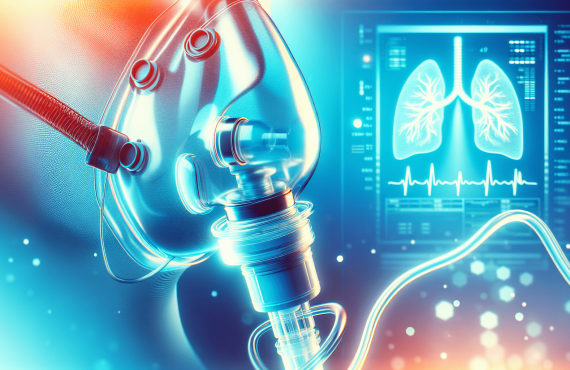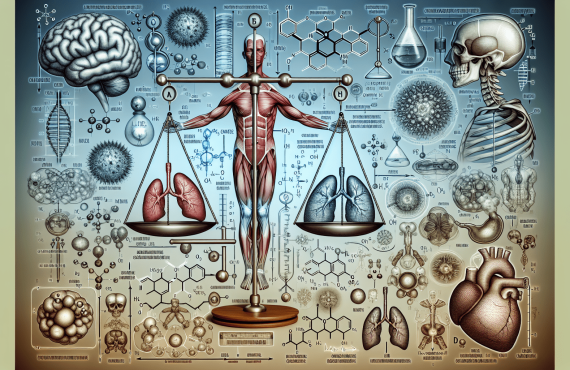How do you tell if you have permanent brain damage?
Unraveling the mysteries of the brain might seem daunting, but understanding its signals is worth the effort. When it comes to something as complex as the mind, knowing the signs of permanent brain damage is crucial. This awareness can tremendously help in seeking the right care and treatment promptly.

Table of Contents
What is Brain Damage?
Brain damage refers to the destruction or deterioration of brain cells. This can occur through traumatic injuries, medical conditions, or exposure to toxic substances. Characterized by disruptions in normal brain function, brain damage impacts one’s physical, emotional, and cognitive abilities. It is permanent if the brain does not return to its pre-injury function.
Causes of Brain Damage
Understanding how brain damage occurs is crucial in recognizing its indicators. Let’s explore the primary causes:
- Traumatic Brain Injuries (TBI): These happen during accidents or falls that result in a strong blow to the head.
- Medical Conditions: Diseases such as stroke, Alzheimer’s, or multiple sclerosis can contribute to brain damage.
- Substance Abuse: Long-term exposure to alcohol or drugs can significantly deteriorate brain cells.
- Lack of Oxygen: Conditions leading to reduced oxygen supply, such as drowning, choking, or cardiac arrest, affect brain health.
- Infections: Bacterial or viral infections like meningitis can inflict harm on brain tissues.
Recognizing the Signs
Identifying the symptoms of brain damage is the first step in determining its severity or permanence. Let us examine some key indicators:
Cognitive Symptoms
Challenges with cognition can be revealing. If someone consistently exhibits memory problems, experiences confusion, or struggles with attention, it could point to a brain injury. Decision-making and problem-solving might also suffer.
Physical Symptoms
Physical symptoms may vary. From headaches, dizziness, and nausea to seizures and sensory changes, such as blurred vision or ringing ears, these manifestations can be alarming. Coordinating body movements may also become difficult.
Emotional and Behavioral Symptoms
The emotional impact of brain damage is profound. Mood swings, depression, or heightened anxiety are common. Some may experience personality shifts or a loss of inhibitions, acting impulsively or unpredictably.
Language and Communication Issues
Struggling to find words, experiencing difficulty understanding conversations, or facing challenges with reading and writing can signal brain distress. Communication relies on various brain regions that might be impaired.
The Role of Diagnosis
If you suspect permanent brain damage, seeking a diagnosis is essential. Medical professionals rely on a blend of tools and tests to evaluate the brain’s condition comprehensively.
Medical Imaging and Tests
- CT Scans: These provide detailed cross-sectional images of the brain, highlighting any abnormalities.
- MRI Scans: Offering high-resolution images, MRIs help detect subtle changes or injuries in brain tissues.
- EEGs (Electroencephalograms): By measuring electrical activity, EEGs assess brain function and diagnose issues like seizures.
Cognitive and Neuropsychological Assessment
Evaluating cognitive function involves tests focusing on memory, attention, language, and more. These tests help identify specific cognitive impairments and gauge the brain’s overall state.
Treatment and Rehabilitation
While brain damage is irreversible, some therapies can alleviate symptoms and enhance life quality. A multi-disciplinary approach is often adopted, combining various treatments.
Medical Interventions
Medications may be prescribed to manage symptoms such as seizures, depression, or anxiety. Surgery may be necessary to address severe cases like hemorrhages or swollen brain tissues.
Rehabilitation Therapies
- Cognitive Rehabilitation: Tailored exercises and activities aim at improving cognitive function over time.
- Physical Therapy: Helps in regaining motor control and strength.
- Occupational Therapy: Focuses on improving daily life skills.
- Speech Therapy: Assists in overcoming language and communication challenges.

Support and Lifestyle Adjustments
Living with brain damage requires comprehensive support and adjustments to daily life to manage challenges effectively.
Family and Community Support
Encouragement and understanding from family can matter significantly. Community resources and support groups offer insights, fostering a supportive network for individuals experiencing these challenges.
Lifestyle and Routine Modifications
Adjusting to a structured routine can provide predictability, easing stress. Prioritizing a healthy diet, regular exercise, and adequate rest enhances overall well-being.
The Role of Hyperbaric Therapy
An exciting, lesser-known treatment option for brain damage is Hyperbaric oxygen therapy (HBOT). This therapy uses a pressurized chamber, enriching the body with pure oxygen, potentially offering multiple benefits.
Benefits of Hyperbaric Therapy
HBOT increases oxygen levels in the bloodstream. This heightened oxygen availability may promote healing, reduce inflammation, and encourage new blood vessel growth. It’s a promising option, especially for those grappling with insufficient oxygen supply in certain brain areas.
How It Works
The therapy involves breathing 100% oxygen under pressure, which enhances the oxygen content in the blood and tissues. This increased oxygen stimulates natural healing processes and can lead to tissue repair and bolstered immune function.
When to See a Professional
Recognizing when professional help is needed is crucial. Persistent symptoms, worsening conditions, or notable changes in behavior warrant immediate medical evaluation. Early intervention can greatly improve outcomes, offering better control over symptoms.
FAQs
How is brain damage different from a concussion?
A concussion is a temporary brain injury causing short-term symptoms, usually from a direct impact. Though similar, permanent brain damage involves long-term or irreversible changes in brain function.
Can brain damage be cured?
While permanent brain damage cannot be cured, treatments and therapies can improve symptoms and enhance life quality. Research on regenerative therapies is ongoing, offering hope for future advancements.
What should I do if I suspect brain damage?
Seek immediate medical care if you suspect brain damage. Accurate diagnosis and early intervention provide better outcomes and prevent further complications.
Is hyperbaric therapy covered by insurance?
Insurance coverage for HBOT varies by provider and condition. Check with your insurance company to determine coverage specifics for your situation.
How long does it take to notice improvements from therapy?
Progress varies based on conditions and treatments. Some may experience improvements quickly, while others may require months of consistent therapy to notice changes.
Understanding permanent brain damage is just one step in caring for your health. For support and treatment options, consider reaching out to professionals like those at Henry Chiropractic in Pensacola, Florida. Dr. Craig Henry and Dr. Aaron Hixon provide compassionate chiropractic care, dedicated to enhancing health and wellness across various facets of life.
Visit Henry Chiropractic at 1823 N 9th Ave, Pensacola, FL 32503, or contact them at (850) 435-7777. Explore more about their services at Dr. Craig Henry’s website. Your health and well-being deserve attention and care.


